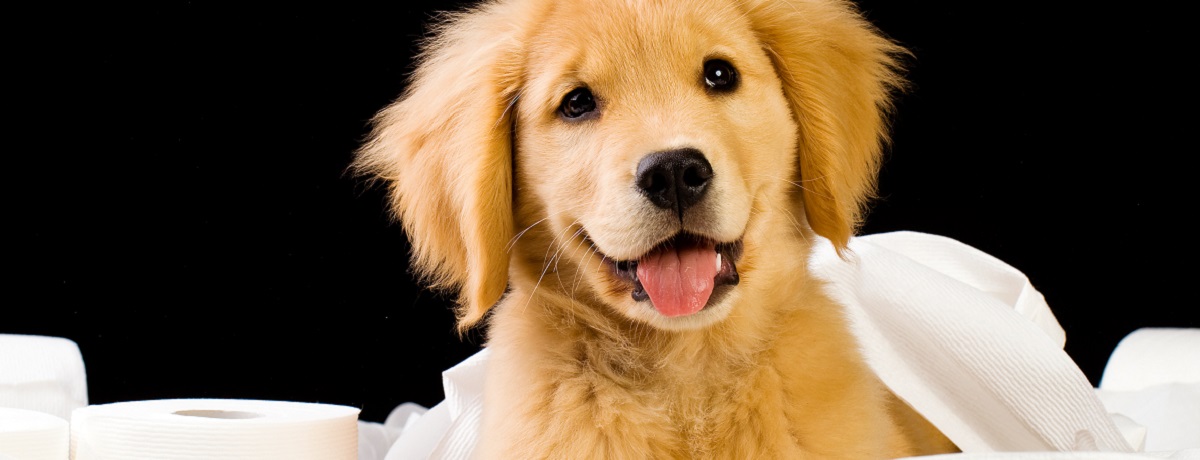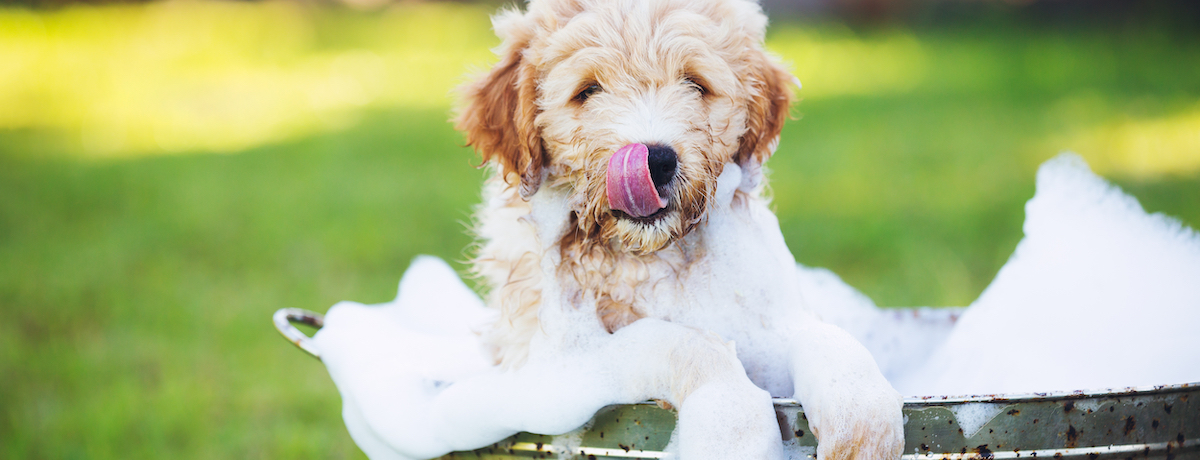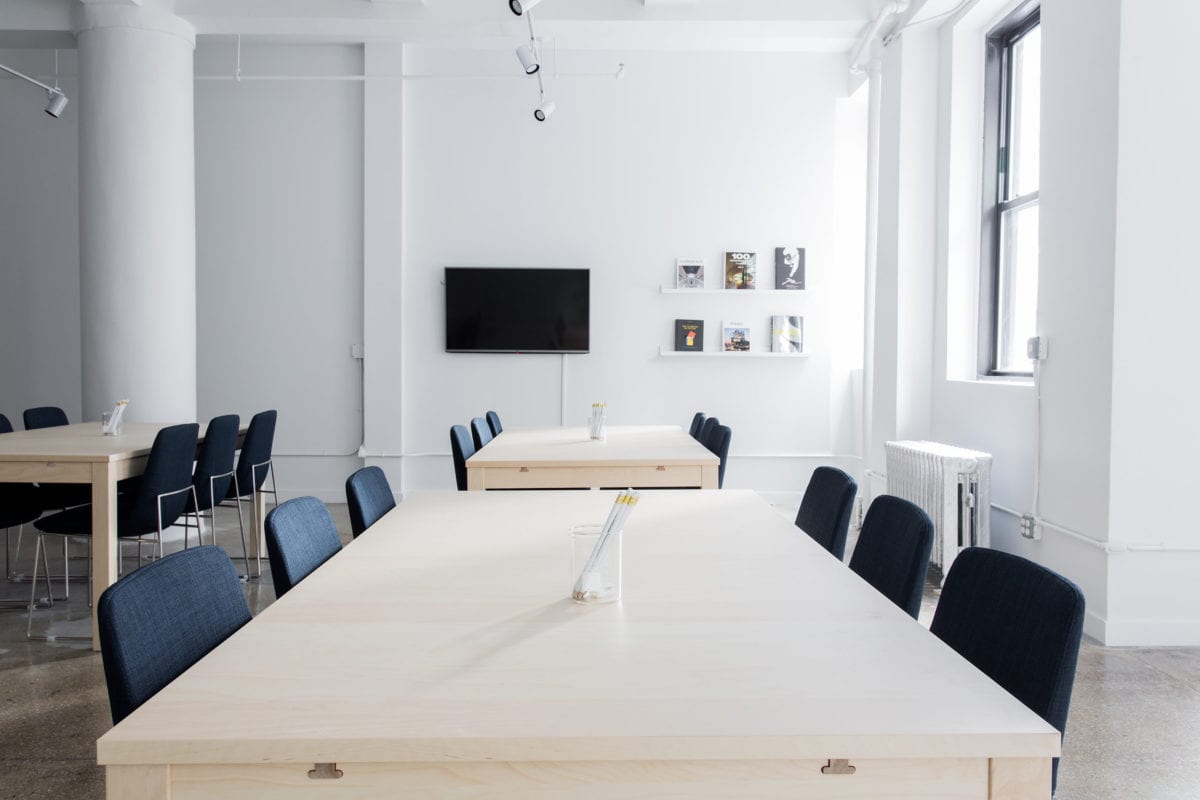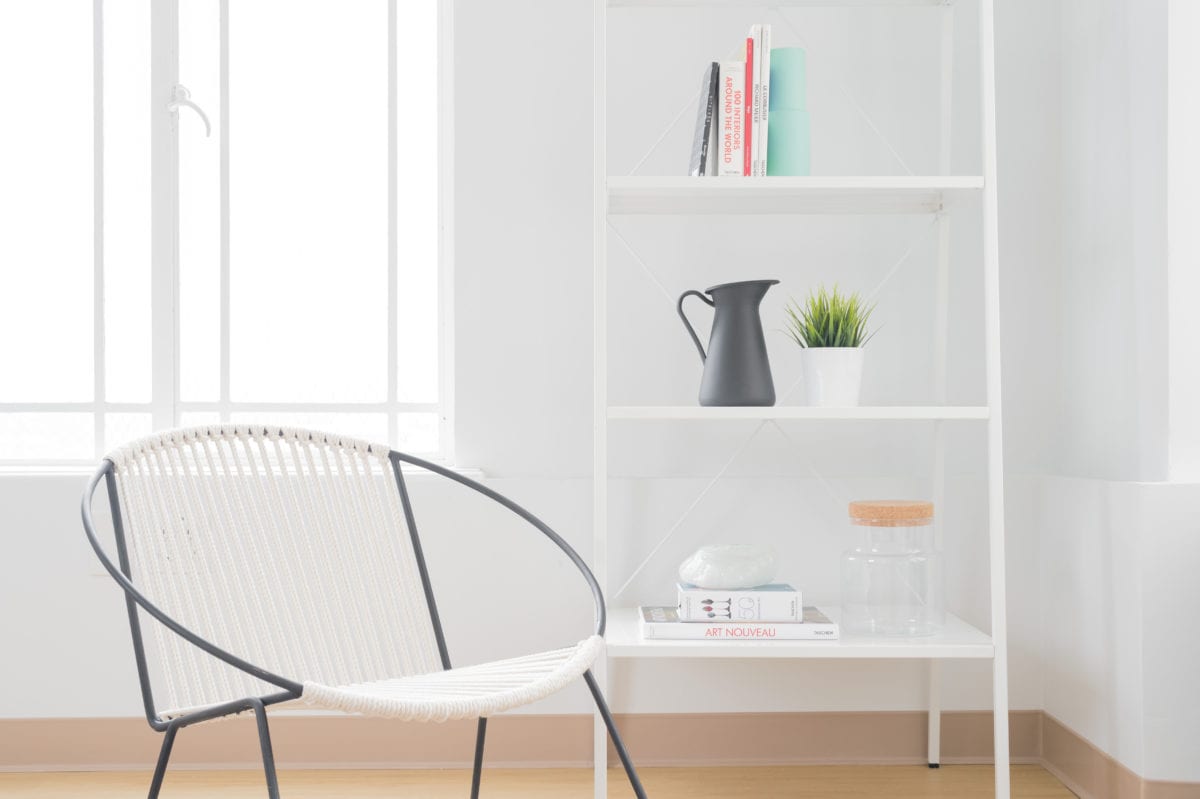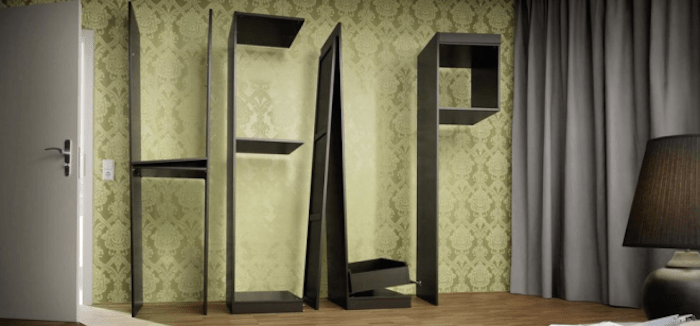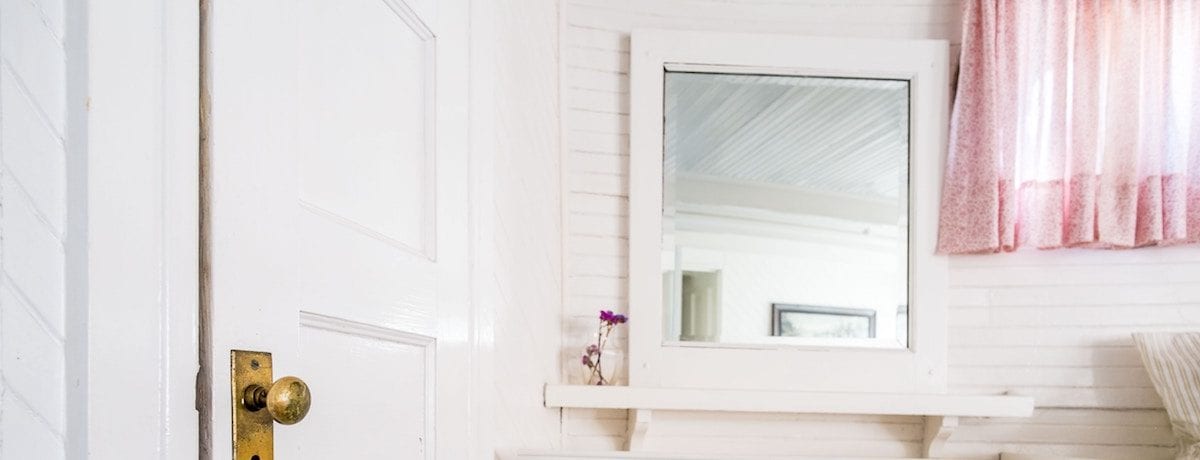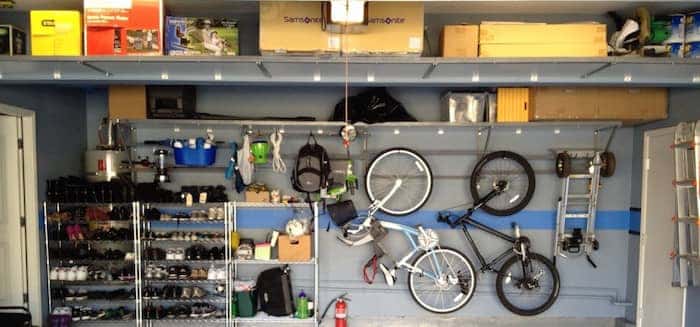Taken the leap and got yourself a new puppy? Congratulations! Your shoes will never be safe again, your dryer is not the only thing that will eat your socks, and your garden will gain more holes than a pin cushion.
Now it is time to get ready for your next step – puppy toilet training.
When you bring home a new furry bundle of joy, toilet training is usually the last thing on your mind. Caught up in those butter couldn’t melt in their mouth eyes, cute puppy tummies and puppy playtime, it is easy to leave the discipline for another day.
A puppy can make even the toughest of toughest melt. But, it is important to instil some rules from the get-go. You don’t have to be a professional dog trainer to master these easy-to-follow tips.
When to start toilet training your puppy
Toilet training should start the moment your puppy arrives home. This shows them what to expect and inhibits bad habits from forming from the onset. Puppies urinate frequently so for ultimate success give your puppy the opportunity to relieve himself every two hours.
Here’s how to toilet train your puppy
1. Command toilet training
Take your puppy outside directly after they have napped, had something to eat, drink, or after a play. Go to the same area each time and voice command like okay go now so they learn it is time to relieve themselves. Praise them when they go but do not react when they fail to do so. Once they are done bring them back inside. This time should be kept strictly for toilet pees and poos and nothing else.
2. Paper toilet training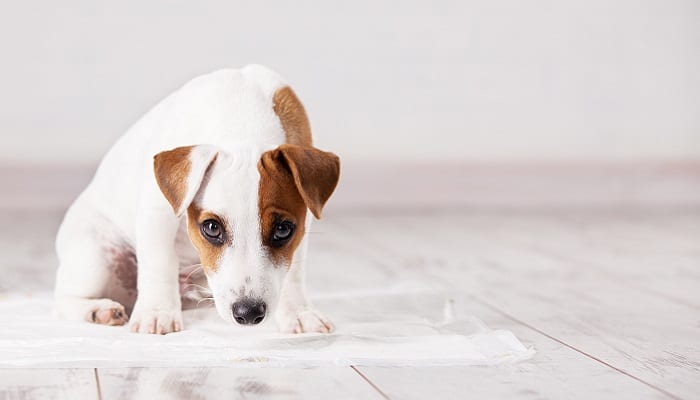
Newspaper or wee pads are useful for toilet training small breeds of dogs. Introduce your puppy to the pad after food or some drink to encourage them to use it. A lot of praise is needed when they are successful at using the paper or pad, but it is important to ignore them if they fail. If you see an accident about to occur on the floor, be stern with no and direct them over to the wee pad to finish their business.
As time progresses move the paper closer to the door then outside.
3. Night-time toilet training
When your puppy is in the midst of toilet training you should try to set some timeframes during the night to wake up for training. This will need to be kept up until you are confident they can hold on till morning.
Puppies will generally get the idea pretty quick and will do everything they can to alert you through the night when they need to go (like singing you a puppy song…).
4. Tell-tale signs
Some signs that will help you identify when your puppy needs to go to the toilet are:
- your puppy looks anxious
- your puppy walks around in circles
- your puppy starts sniffing in corners of the room
- your puppy disappears out of the room by himself
If you see any of these behaviours, take him outside for a walk.
Always remember that puppy toilet training takes practice and patience. With persistence and some gentle encouragement your puppy will know the difference between toilet stop and toilet not in no time at all.
Don’t have as much time to dedicate to dog training your new puppy as you thought? Just hire an Airtasker to do some dog walking and training with your new best friend.


